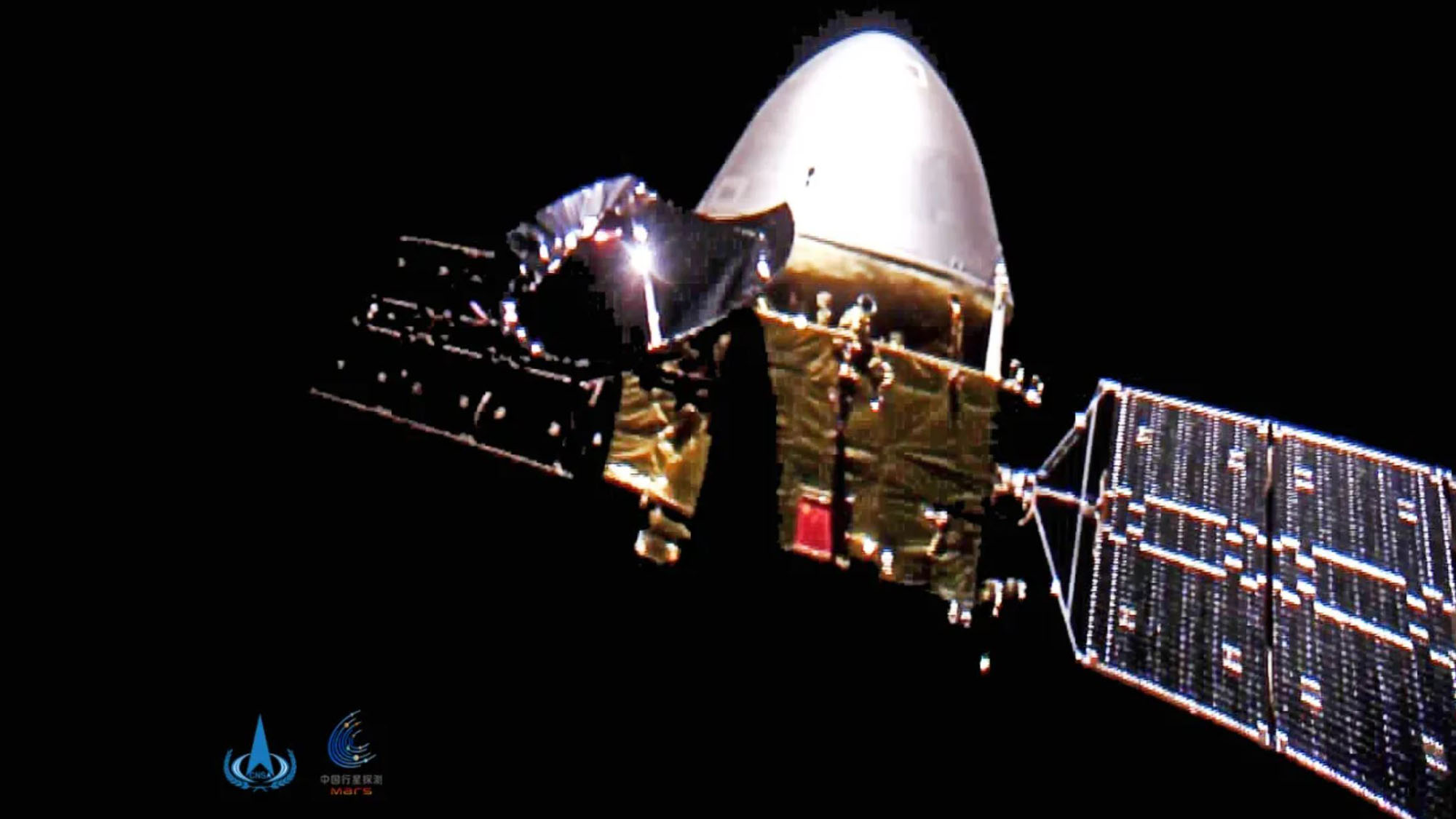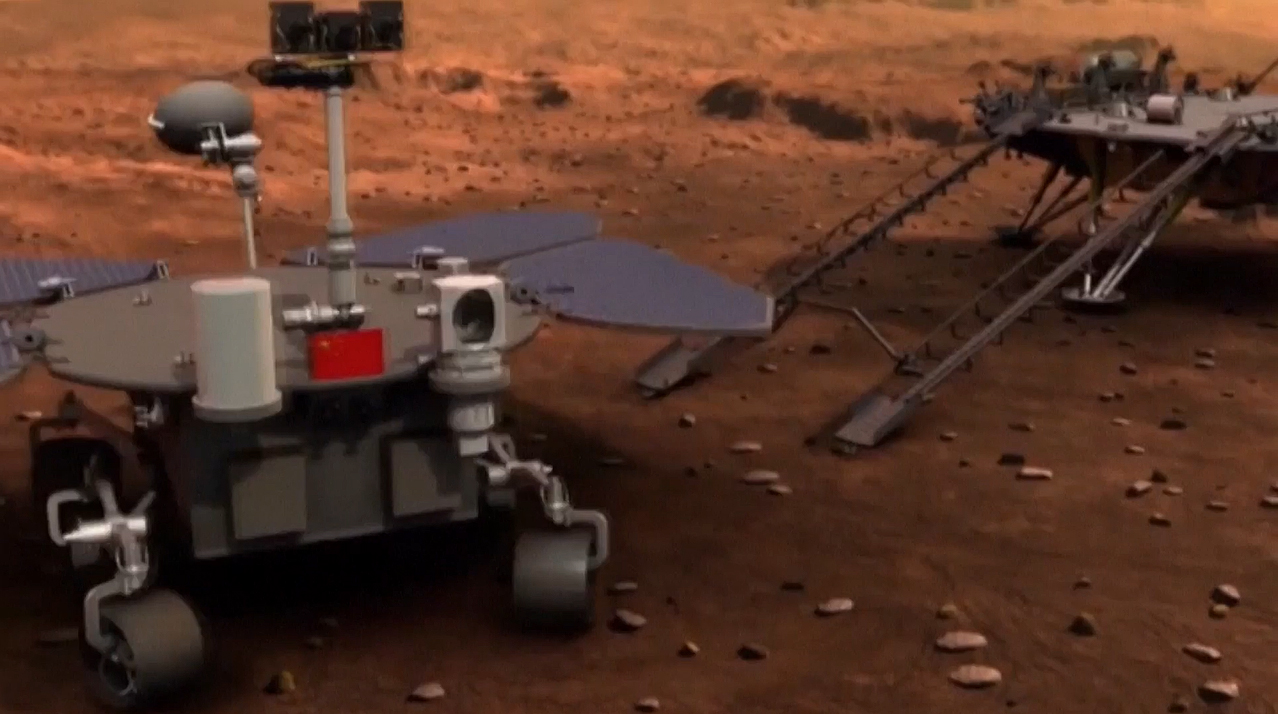Huge antenna ready to support China's Tianwen-1 Mars mission
The giant ground station on Earth is standing by as the Tianwen-1 spacecraft nears Mars.

A giant antenna constructed in north China is now ready to support the Tianwen-1 Mars mission and future deep space endeavors.
With China's first interplanetary mission, Tianwen-1, about to reach Mars, the newly constructed, 230-foot (70 meters) diameter dish antenna in the city of Tianjin has been tested and is ready to receive data from the spacecraft.
Tianwen-1 is due to enter Mars orbit on Wednesday (Feb. 10) and begin its science and imaging observations shortly after. However, getting this valuable information back to Earth from up to 250 million miles away deep space brings its own challenges.
Related: China's Tianwen-1 Mars mission in photos
Book of Mars: $22.99 at Magazines Direct
Within 148 pages, explore the mysteries of Mars. With the latest generation of rovers, landers and orbiters heading to the Red Planet, we're discovering even more of this world's secrets than ever before. Find out about its landscape and formation, discover the truth about water on Mars and the search for life, and explore the possibility that the fourth rock from the sun may one day be our next home.
"The construction of the antenna is intended to receive weak scientific exploration data from Mars which is 400 million kilometers away from the Earth," Li Chunlai, deputy chief designer of China's first Mars exploration project, told Chinese media.
Construction of the facility began in October 2018 and the huge 2,700-ton dish was hoisted to a height of 236 feet (72 m) last April.
The dish comprises 1,328 high-precision panels and has an area of 49,000 square feet (4,560 square meters), or around nine basketball courts. It was officially handed over to the National Astronomical Observatory of China (NAOC), the dish's operator, on Feb. 3.
Breaking space news, the latest updates on rocket launches, skywatching events and more!
Related: The latest news about China's space program
"With the distance [getting farther], the [signal's] energy will become attenuated and denser, and that is to say, the less energy we will receive per unit area. So we need [an antenna] with a large area in order to collect enough energy," Li added
The movable antenna can be rotated and steered in order to track Mars as its position in the sky changes. The new facility in Tianjin joins a range of smaller diameter dishes across the country to support its space activities.
The five-ton Tianwen-1 spacecraft consists of both an orbiter and a rover. The pair are expected to enter Mars orbit around 7 a.m. EST (1200 GMT, 8 p.m. Beijing time) on Wednesday, Feb. 10.
After entering orbit, Tianwen-1 will begin to prepare for a later landing attempt of the mission's rover, expected around May.
The roughly 530-lb. (240 kilograms) solar-powered rover is intended to land in and explore a region named Utopia Planitia, a huge impact basin.
The Tianwen-1 orbiter will image the landing area in preparation for the landing. On Friday (Feb. 5) the spacecraft's high resolution camera returned a stunning image of Mars from a distance of 1.36 million miles (2.2 million km).
Follow us on Twitter @Spacedotcom and on Facebook.

Andrew is a freelance space journalist with a focus on reporting on China's rapidly growing space sector. He began writing for Space.com in 2019 and writes for SpaceNews, IEEE Spectrum, National Geographic, Sky & Telescope, New Scientist and others. Andrew first caught the space bug when, as a youngster, he saw Voyager images of other worlds in our solar system for the first time. Away from space, Andrew enjoys trail running in the forests of Finland. You can follow him on Twitter @AJ_FI.



